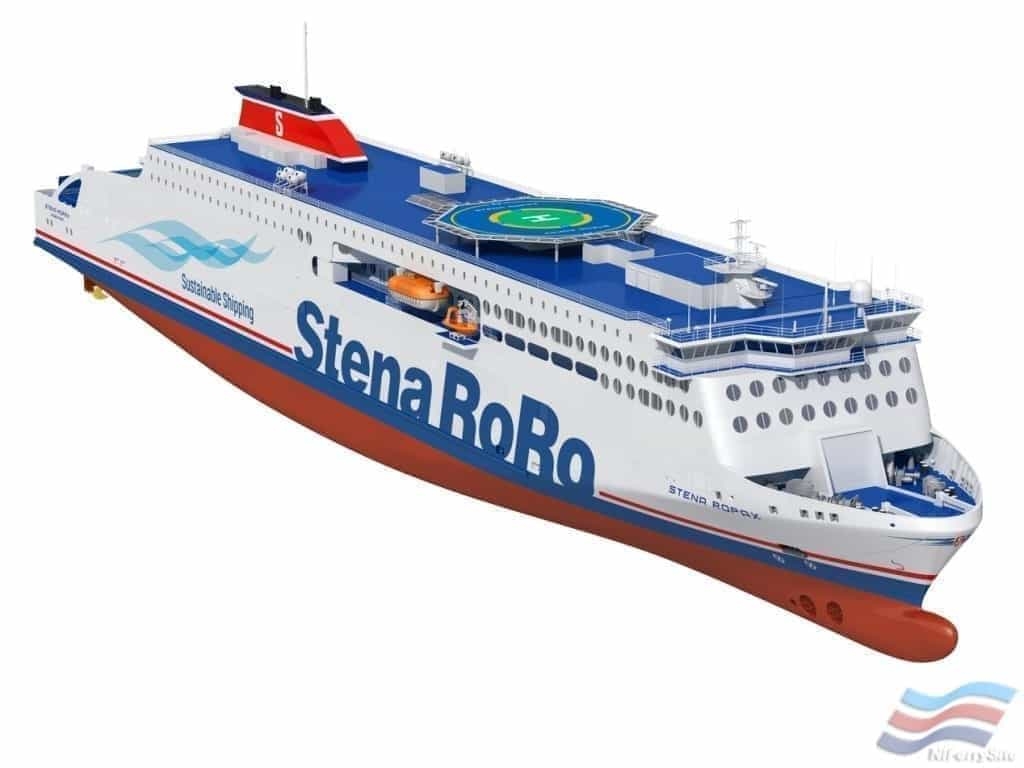Stena orders a thirteenth E-Flexer ferry for Mediterranean service
Stena RoRo has ordered a thirteenth E-Flexer RoPax ferry and the new Marine Atlantic ferry has started trials in China. Construction has also started on Stena Line’s new methanol fuelled Belfast to Heysham ferries.













